Mt Rinjani: Everything You Need to Know + Packing List [2025]
Here’s everything we wish we’d knew before climbing mount Rinjani, one of Southeast Asia’s most difficult and beautiful hikes!
![Mt Rinjani: Everything You Need to Know + Packing List [2025]](https://d18sx48tl6nre5.cloudfront.net/webp_xl_59ba7dbaf188e9a43a20e5c8013e7753.webp)
Climbing Mount Rinjani is one of the most epic hikes you can do in Southeast Asia. But with so many trekking companies, route options, itinerary lengths, and things to consider, planning your Rinjani trek can feel overwhelming.
So we’ve put together everything you need to know — from the best routes to insider tips, to what the toilets look like and packing list — to help you get the most out of your Mt Rinjani adventure.
The Basics
What is Mt Rinjani
Mt Rinjani (or Gunung Rinjani in Indonesian) is an epic active volcano and the second-highest volcano in Lombok, Indonesia — at 3,726m tall.
But it’s not just about the height. You’ll hike through jungle, savannah, and rocky ridges to reach a massive crater rim base camp, with jaw-dropping views of a turquoise lake inside the crater. There’s even a mini-volcano (Mt. Barujari) in the lake!
It’s dramatic, otherworldly, and honestly, one of the most incredible hikes in Southeast Asia.
Why hike Mt Rinjani
Because it’s stunning! And also kind of insane — in the best possible way.
Rinjani is a true bucket list hike, and one that stays with you long after it’s over. It’s not just about the summit (though that’s epic) — the entire Mount Rinjani National Park is stunning, from the crater lake to the hot springs and sweeping ridgelines. If you're up for the challenge, this is the kind of adventure you’ll never forget.
Is it really that hard to climb Mt Rinjani?
Yes. It’s one of the most difficult climbs in Southeast Asia, but we like to call this hike: high effort, high reward.
You’ll be hiking about 6-10 hours each day depending on your pace, but the landscapes, views, sunrises and sunsets are absolutely worth it. Your legs WILL be screaming, and at some point you’ll wonder what you signed up for.
But the views? Worth it. The feeling at the top? Worth it (you might cry). The bragging rights? Definitely worth it.
2D1N vs 3D2N vs 4D3N
Short answer: Skip the 2D1N and go for the 4D3N. Here’s why.
With 2D1N, you’ll be rushing through the hike and, most likely, will miss the stunning Segara Anak lake altogether. It’s a very quick turnaround, with no time to truly enjoy the views or the experience.
3D2N gives you a bit more time, but it’s still a pretty intense schedule.
We highly recommend 4D3N. It’s the perfect balance — you get better pacing, proper rest at camp, more time to take in the views and enjoy the lake and hot springs. If you're going all the way to Rinjani, do it right!
Note: These durations refer to the number of nights spent on the mountain. Most Seek Sophie itineraries include 1 extra night at a guesthouse before the trek begins, to allow you to rest before the climb the next day.
So when you book Mt Rinjani hikes with Seek Sophie:
- A 3D2N trek = 4D3N total trip (incl. 1 night at guesthouse)
- A 4D3N trek = 5D4N total trip (incl. 1 night at guesthouse)
Best time to go
Mt Rinjani isn’t open all year, so timing matters:
Jan – Mar: Closed due to the rainy season.
Apr – May: Trails reopen, but weather can still be unpredictable. In 2025, April and May were wetter than usual due to shifting climate patterns.
June – Aug: Peak season. Dry weather and clear skies make for great views, but expect dusty trails and more crowds, especially on the summit push.
Sept – Oct: Still dry, with fewer trekkers — ideal if you want quieter trails and campsites. Just note that rain may start creeping in as the wet season approaches.
How to get there
Fly into the island of Lombok. The closest airport is Lombok International Airport (LOP). You can fly in from:
- Bali (quick 45-min flight or 1.5h fast boat)
- Jakarta (direct flights daily)
- Kuala Lumpur (direct flight via AirAsia)
-Singapore (direct flight via Scoot)
From the airport to the trailhead:
Most hikes start from either Sembalun Lawang (if you're going for the summit) or Senaru (often the finishing point). Your mount rinjani trekking company will usually handle pickup from the airport to your guest house.
Climbing Routes
Sembalun Route (Most Popular)
Semabun is the most popular starting point if your goal is to reach the summit. It begins in the village of Sembalun and has a more gradual incline at the start (Trailhead → POS 1 → POS 2), which makes it feel easy — until you hit Regret Hill (from POS 4 → the crater rim base camp). It’s used mostly on the first day of summit-focused hikes (e.g. Sembalun → Summit → Lake → Senaru).
Along the way, you’ll get sweeping views of the rolling savannah, and the crater rim views at sunrise/sunset are absolutely next-level.
Motorbike Option:
You can take a motorbike to skip ahead to POS 2 — but we don’t recommend it. The trail from the start to POS 2 is the easiest part and a great warm-up. Skipping it doesn’t give your body time to ease in… and honestly, it feels a bit like cheating!
Senaru Route (No Summit)
Best for lush jungle lovers and first-timers not chasing the summit.
Starting from Senaru village, the Senaru route winds through dense tropical rainforest, which means lots of shade and a more varied terrain. It’s the original route up the mountain and still a popular choice — especially for crater rim-only hikes. It’s also commonly used as the descent route for full summit treks (Sembalun → Segara Anak Lake → Senaru).
Expect steeper trails in some sections, but it’s less exposed than Sembalun. The views from the Senaru Crater Rim are absolutely stunning, especially at sunset, making it a more relaxed but still rewarding option if you're not planning to summit.
Torean Route (Most untouched)
Torean is best if you want a more off-the-beaten-path and untouched route! It's also our favourite as it's the most beautiful.
Torean route exits near the hot springs and follows a stunning, winding trail through valleys, rivers, and waterfalls. If you go for Torean, you'll still summit via the usual Sembalun route, but you'll descend by the Torean route.
Think Jurassic Park vibes: lush, remote, and wild. Along the way, you’ll cross rivers, soak in hot springs, navigate bamboo bridges, and take in jaw-dropping views. Just be prepared — it’s longer and more technical, with big rocks, scrambling, slippery paths, and rope-assisted descents in steeper sections.
Mt Rinjani Foothill (Non-Summit) Routes
If you want something more chill — don’t worry. You can also explore the foothills of Mt Rinjani instead!
1. 2D1N Pergasingan Hill Trek and Camping
This is a perfect mini adventure if you still want a hike and camp experience. You’ll trek up Pergasingan Hill for sweeping views over rice terraces with Mt Rinjani towering in the distance, spend a night under the stars with cozy campfire vibes, visit the stunning Sendang Gile and Tiu Kelep waterfalls, and explore Sembalun Village — one of the cultural gateways to Rinjani.
2. Half Day Rinjani Foothills Trek
This one’s even more relaxed — a gentle walking route through the lush foothills of Rinjani. You’ll enjoy a peaceful stroll through rice fields and rolling hills, visit local Sasak villages to learn about traditional life, and cool off with a refreshing dip at the beautiful Tiu Kelep Waterfall.
Top Recommended Mt Rinjani Experiences
Summit + Best Views
If you want to reach the summit and take in the most breathtaking views, this is the route for you. This Seek Sophie Rinjani trek starts in Sembalun and descends via the Torean route — known for its dramatic Jurassic Park-like valleys, waterfalls, and hot springs. It also includes camping by the peaceful Segara Anak Lake.
Torean is the most challenging descent route, so we strongly recommend adding on an extra day to make it 4D3N on the mountain + 1N to keep a comfortable pace. That way, you won’t need to rush, and you’ll actually get to enjoy the epic views without pushing your body too hard.
Summit Only
If you're shorter on time but still want to experience the thrill of reaching the summit, this 3D2N Seek Sophie Rinjani trek (+ 1N at a guesthouse before the climb) is a great option.
You'll start the hike from Sembalun and descend via Senaru, with camping by the stunning Segara Anak Lake along the way. If you'd prefer a more relaxed pace, you can also choose to add on an extra day to make the experience more enjoyable and less physically demanding.
Tips on Choosing the Best Company
Choose a Responsible Company
When it comes to Mount Rinjani, safety isn’t something to compromise on. While cheap treks might look tempting, they often come with hidden costs — like overcrowded groups and under-resourced guides.
We’ve heard of groups with 40 hikers and only 5 guides. That’s not just uncomfortable — it's dangerous. There have sadly been fatal accidents on descents due to poor guidance and lack of support.
Go with experienced, professional teams like the ones on Seek Sophie. You’ll be in smaller, well-supported groups, with guides who actually look out for you. It’s 100% worth it for your safety.
Pick Guides Who Actually Care
A good guide can make or break your experience. Seek Sophie guides aren’t just there to lead the way — they’re your safety net and your biggest cheerleader when things get tough (which they will).
An experienced and professional guide knows how to pace the trek based on your fitness, helps you time your Rinjani summit climb so you don’t miss sunrise, and checks in on how you’re doing both physically and mentally. When you're exhausted and questioning your life choices at 3,000m, the right guide will keep you going.
Look For Good Food
When you’re hiking 6–10 hours a day, food isn’t just fuel — it’s your morale booster. Some trekking companies serve basic food, but others (like Rudy’s team on Seek Sophie) serve up amazing meals that become a highlight of your trip.
Indomie at 2639m above sea level, with a killer view? Iconic. Hot chicken soup when it was cold at the crater rim? Pisang goreng (fried bananas) and hot ginger tea? So comforting.
Trust us — good food can make tough days feel ten times better. Plus, vegetarian and vegan options are available with most Seek Sophie Mt Rinjani experiences.
Social & Environmental Impact of Climbing Rinjani
Rinjani's First Woman Guide
We’re proud to work with small, local businesses who truly care, and Katni is one of Seek Sophie’s most inspiring guides. When she started guiding, it was taboo for women to work in the mountains in Lombok. But she didn’t let that stop her.
She became Rinjani’s first-ever woman guide, and eventually started her own company — which is still the only female-owned guiding business on the mountain. Today, she leads an amazing team of women who are not just guiding treks but breaking gender norms and creating economic opportunities for other women.
When you hike with Katni’s team through Seek Sophie, you’re not just going on an adventure — you’re contributing to a more equal future in the outdoors.
Environmental Impact
Not all trekking companies are equal — and your choice matters. Take Seek Sophie Guide Rudy. He started as a porter on Rinjani and, after seeing how badly the mountain was being polluted by trash, he decided to do things differently. He now trains his team in responsible ecotourism practices: cleaning up not just their own waste, but others' too. They even built and maintain the famously clean toilet at POS 2!
The guides trained by Rudy have gone on to start their own eco-conscious companies, creating a ripple effect of responsible tourism around Rinjani. So when you trek with Seek Sophie guides like Rudy’s team, you’re not just getting a great climb — you’re helping protect Rinjani and support the local community.
New 2025 Regulations
Permits
Only 240 international permits per day, 160 domestic permits per day.
Permits can run out quickly during peak season, so it's best to book your trek early (3 months in advance) — especially if you're going between June - August.
Drones
Drones are no longer allowed on Mt Rinjani.
While some have tried to sneak in, it’s really not worth it. The magnetic field from the volcano messes with the signal and drains the battery fast. When drones were still allowed in 2023, our fully charged drone dropped to low battery in under 15 minutes. 😬
Extensions on the Mountain
In the past, you could adjust your trekking duration mid-hike—like upgrading a 3D2N trek to 4D3N if you wanted more time. That’s no longer allowed.
Now, you must be physically present at check-in and check-out according to your original permit. No extensions are allowed once you're on the trail.
So make sure you choose your programme wisely — we strongly recommend 4D3N if you want a more enjoyable hiking experience.
Packing List
Clothes
- Tops, pants & undergarments (1 set per hiking day)
- Heat tech / thermal base layer (for sleeping and/or summit climb)
- Fleece and/or light down jacket (it’s very cold at the crater rim)
- Waterproof rain jacket that also functions as a windbreaker (essential because it can rain on the mountain at anytime)
- Beanie (for summit climb)
- Gloves
- Neck gaiter / buff
- Bikini / swimwear (if you want a dip in the crater lake)
- Hat (for sun protection)
Footwear
- Good hiking shoes with ankle support (helps with stability and keeps sand out on summit day)
- Hiking socks (good thick ones — especially for the descent to protect your toes)
- Sandals (for walking around camp)
Gear
- Backpack: 35–40L for 4D3N, 30–35L for 3D2N
- Water bladder so you can drink from your bag easily
- Earplugs (essential for sleeping well before summit night!)
- Inflatable pillow
- Headlamp + extra batteries
- Dry bag
- Carabiners
- Trekking poles (most trekking companies provide them)
Accessories
- Sunglasses (polarised if possible — to cut glare)
- Sunscreen
- Muscle cream / pain relief gel (you’ll thank yourself later!)
- Hand sanitiser
- Biodegradable body wipes and facial wipes (there are no showers)
- Toothbrush & toothpaste (or mouthwash if you’re lazy)
- Toilet paper (halved)
- Tissues
- Spare plastic/ziplock bags for trash
Personal Essentials
- Personal medication
- Electrolyte / isotonic sachets
- Energy gels
- Energy bars
FAQ
How far in advance must I book?
It’s best to book your Seek Sophie Mount Rinjani trek at least 1-2 months in advance, or 3 months during peak season(June to August), as the national park limits daily permits can fill up quickly.
Do I need to train?
Yes, some training will definitely help. Rinjani is one of the most difficult hikes in Southeast Asia — long days, steep climbs, and even steeper descents — so the more prepared your body is, the more you'll enjoy (and survive) it.
Key Muscles:
- Uphill: Glutes + calves (especially during the summit climb).
- Downhill: Quads, knees, and surprisingly, triceps (from using trekking poles).
Helpful Training:
- Stair climbing or hill hikes (ideally with a backpack).
- Leg & core strength – squats, lunges, step-ups.
- Endurance – zone 2 running
What’s the toilet situation like?
An important question! While the toilet facilities are basic, they’re decent.
- Sembalun check-in point: Free toilet
- Sembalun trailhead: Simple squat toilet (IDR 5K).
- POS 1: No toilet.
- POS 2: Lunch stop. Surprisingly, it has the cleanest squat toilet on the trail (IDR 10K) because it’s maintained by a cleaner stationed there.
- POS 3 & 4: No toilets.
- Sembalun crater rim: Your guides will set up a private toilet tent for your group (essentially dig a hole in the ground). There’s also a communal western-style toilet, but honestly… it’s pretty grim. If you can, stick to the private tent option — it’s the better of the two.
Do I need to carry all my stuff?
No — your porters (the real MVPs) will carry the bulk of the gear — including tents, sleeping bags, cooking equipment, food supplies, etc. — all while trekking the same steep, dusty trails as you, in just flip-flops.
They’re the first to arrive at camp, the last to leave, and they also double up as your mountain chefs, cooking all your meals along the way.
You’ll just need to carry your own personal items like clothes and snacks — or you can even hire an extra porter to carry your backpack if you want to hike lighter.
How much should I tip?
Tipping is a common practice on Mt Rinjani treks, and goes a long way in showing appreciation for the hard work of your guides and porters. They help make your trek safe and enjoyable, so it's customary to tip them for their efforts.
Tipping around $30 USD for each guide and $20 USD for each porter is considered a good amount.
What if there's a medical emergency?
Always check if your trekking company brings a first aid kit — the good ones do
Helicopters can’t fly into Rinjani, so in an emergency, porters will have to carry you down
Yes, there have been fatalities — usually from falling. Please stay away from cliff edges, especially when taking selfies, and be extra careful when descending, especially if it’s raining.
Will I get altitude sickness?
No, most people don’t experience altitude sickness on Mt Rinjani. The summit is 3,726m, which is high, but not high enough to trigger altitude issues for most individuals.
Can I fly in and start hiking on the same day?
Technically? Yes. Should you? Definitely not.
Even if a trekking company offers it, we strongly recommend arriving the day before. You’ll need at least 8 hours of proper rest before starting the hike — especially because day one is already a full-day climb.
Ready to take on Mount Rinjani? Book your Seek Sophie Mt Rinjani treks here!
Mount Rinjani Experiences FAQs
What is Mount Rinjani?
How can I climb Mount Rinjani?
What can I expect to see on Mount Rinjani?
We've done most of the mountains in Southeast Asia and we think that Mount Rinjani is still one of the most beautiful treks there is. Besides being famous for how difficult it is, Rinjani has one of the most beautiful views to offer in Indonesia. Even if you just make it up to the crater rim and not the summit, the views there alone are so worth it.
The peak of Mount Rinjani offers stunning views of the surrounding landscape, including the Segara Anak crater lake, which is located at an altitude of 2,000 meters (6,562 feet). The lake is known for its turquoise-blue color and is believed to be sacred by the local Sasak people.
But even if you don't make it to the summit, there are actually several crater lakes across the mountain which makes it a really picturesque climb the entire way, not only just at the summit.
The mountain is also home to a unique ecosystem, with a variety of plant and animal species, including monkeys, deer, and birds.
Do I need to train to climb Mount Rinjani?
What are the different hiking routes at Mount Rinjani?
There are two main trekking routes - one that takes you up the summit (Sembalun route), and the other that is easier and only takes you to the crater rim (Senaru route). Both take two days, but the Senaru crater rim route is suitable for beginner hikers whereas the Sembalun summit route is more suitable for intermediate hikers. We've done both and even if you just make it up to the crater rim and not the summit, the views there are still very worthwhile!
Route 1: Senaru trek (crater rim - easiest but no summit) - 2D2N
The Senaru trek is an easier trek that doesn't go to the summit, but instead goes to the beautiful crater rim. The trek starts from Senaru village and takes visitors through lush forests and traditional Sasak villages. The highlight of the trek is an overnight stay at Sembalun Crater Rim, where visitors can enjoy stunning panoramic views of the surrounding landscape. On the second day of the Senaru trek, visitors can enjoy a beautiful sunrise over Segara Anak Lake before trekking back down to Senaru Village.
Route 2: Sembalun trek (summit climb) - either 3D2N or 2D1N.
The Sembalun trek is the more challenging trek that takes you to the summit. The reason why the summit climb is challenging is because of the slippery volcanic ash sand - which means that during your summit climb in the dark, you'll be sliding back for every step forward that you take. The Sembalun route takes you to the Sembalun Crater Rim for the night before heading up for the challenging summit climb in the morning of day 2. Once at the summit you would head all the way back down to Sembalun to end the trek.
If you're a very fit hiker and want to see all the best that Mount Rinjani has to offer, you can also extend your summit climb with an additional trip to the lake. This will take 3 days (instead of the usual 2 days), and you'll head to the gorgeous lake for an overnight stay after you summit Mount Rinjani.
Route 3: Torean Route (hidden Jurassic park summit route) - either 3D2N or 4D3N
This route was created after the recent earthquake and is the least known route at Mount Rinjani, as well as the most beautiful. You will get far fewer crowds on this route, and it is by far the most beautiful route at Rinjani with views that look like they're right out of Jurassic park. It's as challenging as the Sembalun trek though, and we'd recommend 4D3N if you have time to give yourself more time to enjoy the views, and it's also less difficult if you spread it out in 4 days instead of 3 days.













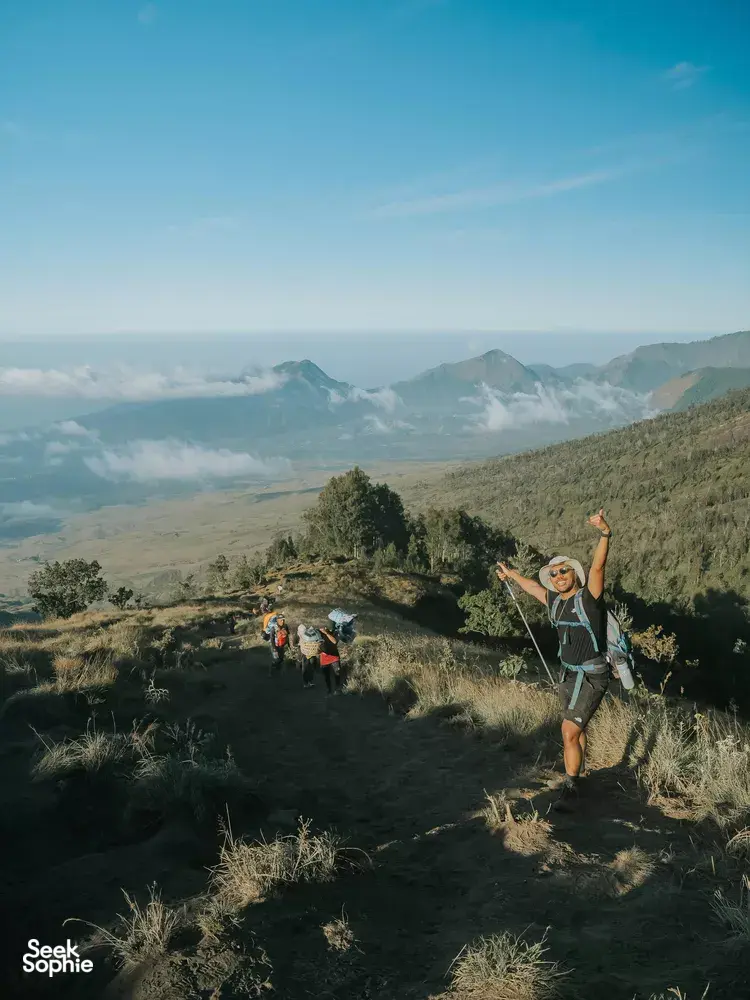


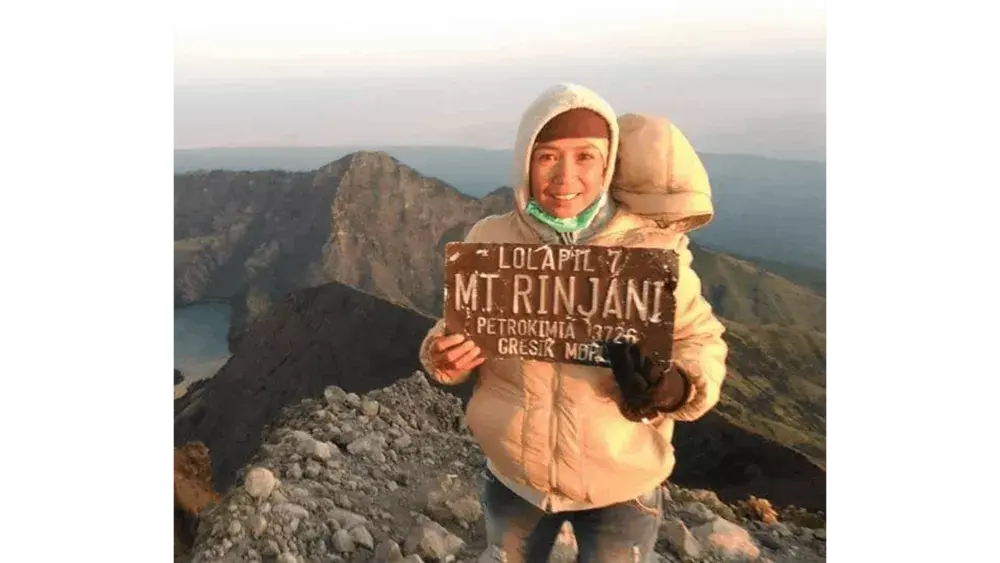







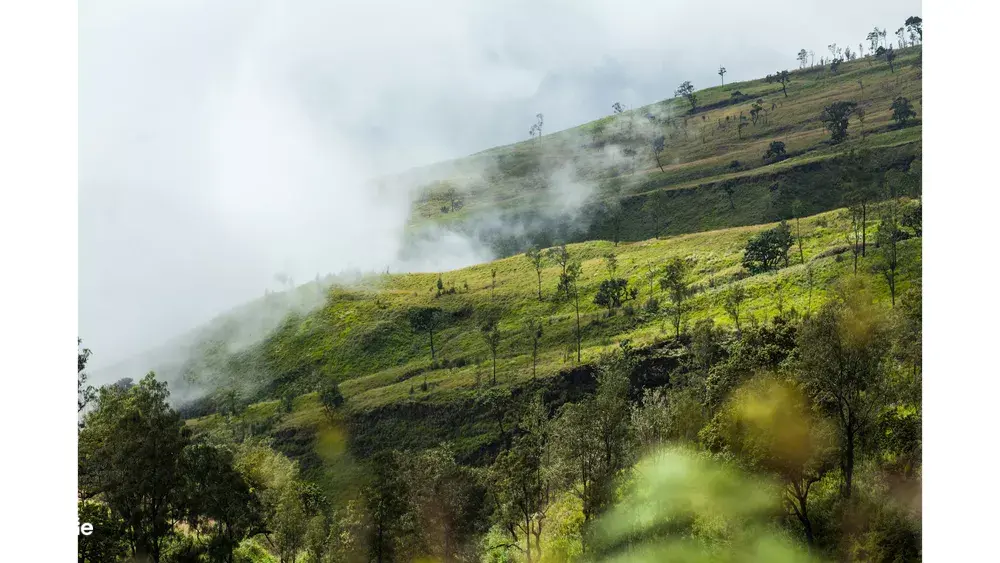









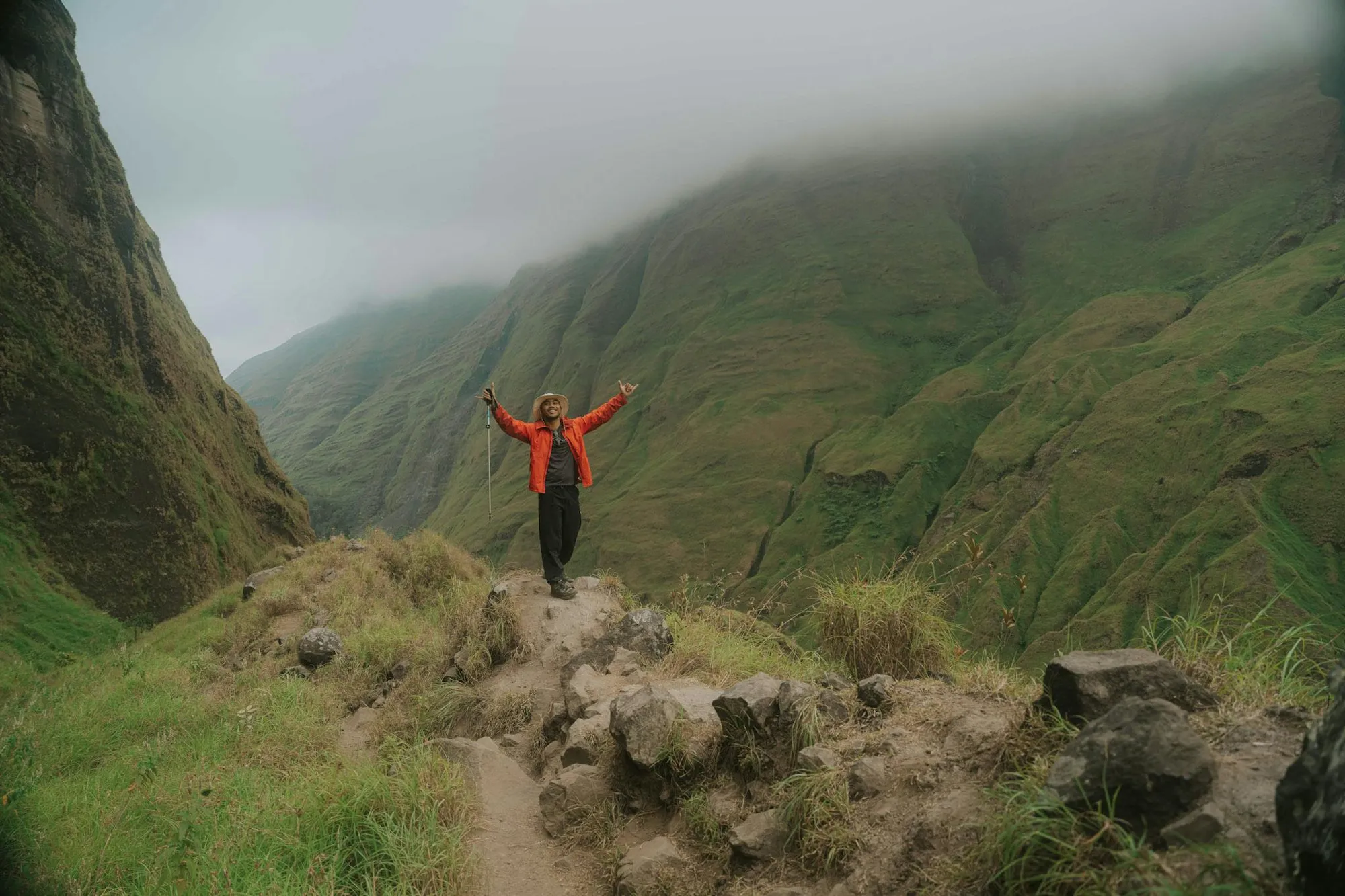

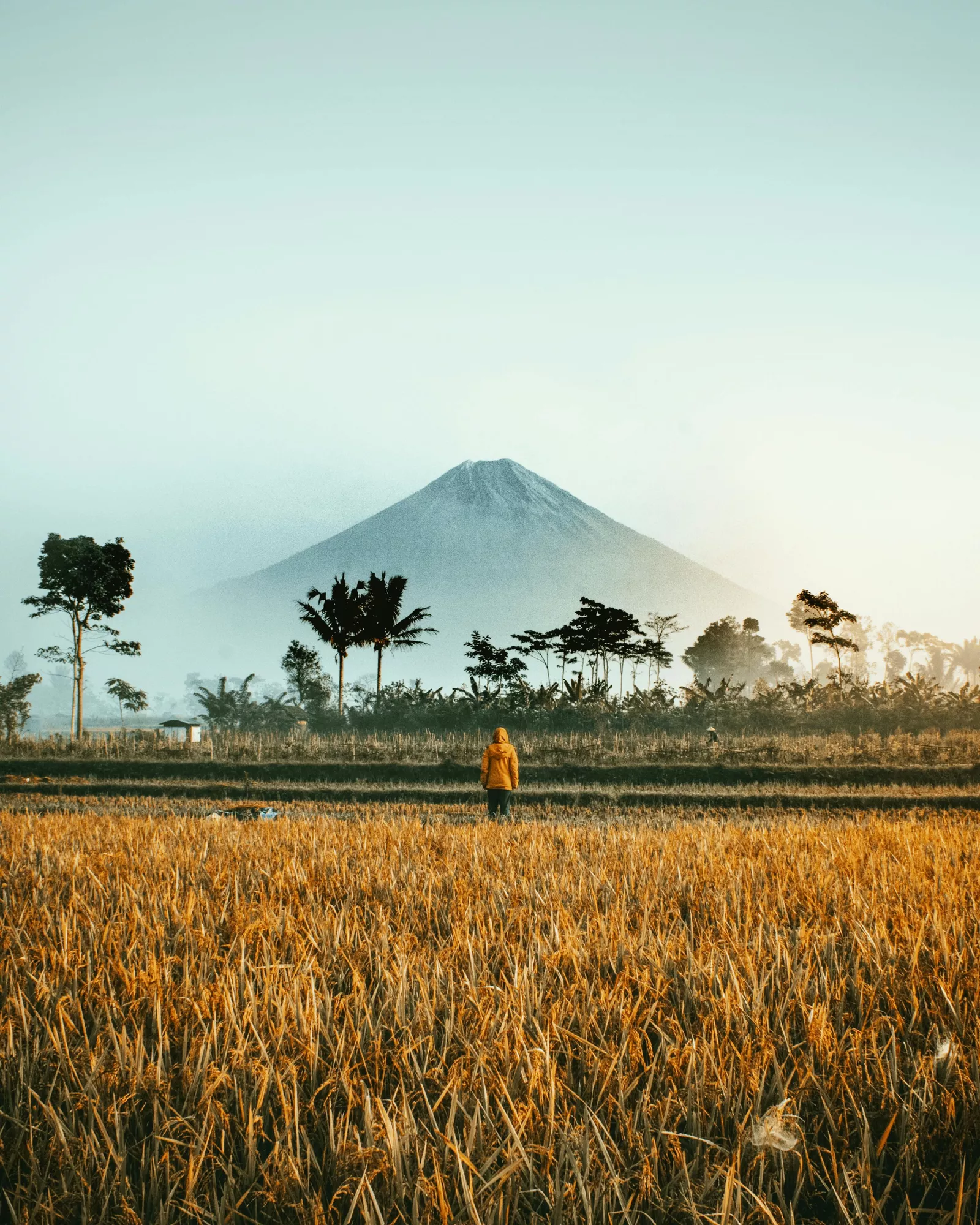





![Mount Batur: Your Essential Guide & Beat the Crowds [2025]](https://d18sx48tl6nre5.cloudfront.net/webp_md_419759df50222c532107ed80aed4fd60.webp)
![Mount Batur: Your Essential Guide & Beat the Crowds [2025]](https://d18sx48tl6nre5.cloudfront.net/webp_xl_73ad1ff8d922a38ed875461c0a5a82bf.webp)




